Direct mail can be a hugely successful marketing strategy for any business. In fact, it’s found that direct mail recipients purchase more items and spend 28% more money than people who don’t get that same piece of direct mail. There’s no arguing that direct mail is a beneficial way to market your brand, but there are many ways your direct mail campaign can be improved to get more responses, sales, and impressions.
One of the most basic ways to increase the success of your mailing campaign is to segment your audience. Segmenting your audience is when instead of sending a mail piece to everyone, you focus on a specific audience and tailor the mail piece to them.
So why is audience segmentation helpful?
First off, by segmenting your audience, you are able to choose to send your mail to people who are more likely to buy your product or use your service. You can limit the amount of mail pieces that get sent to people who would have no interest and just throw the piece in the trash. In addition, you can tailor the message, images, or design of the piece based on what will catch the interest of certain segments.
For example, if you are a retailer that sells all sorts of electronics, you could split your mail campaign into two segments, one being people/companies that typically buy phones and one that typically buys computers. You can then create one mail piece that focuses on the newest phones and accessories while the other shows off the newest models of computers and accompanying accessories. This way you aren’t wasting time and money advertising the wrong product or service to an otherwise interested customer.
Four ways to segment your audience
1. Geographic: The first way you can segment your audience i through their geographic location. This can mean by state, city, zip code, or even by street and neighborhood. By choosing to segment through area, you can target your audience based on wants or needs shared in that location.
2. Behavior: This is one of the most reliable ways to segment and often gets the most responses. This way of segmenting is determined by what current customers and prospects have done in the past. Based on their past spending, how often they use your products/services, and how recently they have purchased from you. Tasking all of these factors you can cater your mail piece to each group for maximum response.
3. Demographic: This segmentation strategy includes a vast array of variables such as gender, age,ethnicity, income, occupation, and education level. By using this information you can target a product or service to these audiences based on their wants and needs.
4. Psychographics: This looks at the attitudes and values as well as interests. This is information that can be a little harder to find on an average list but can have positive results with successful mail campaigns.
All wrapped up
Creating a direct mail campaign with targeted audiences can increase your sales, brand recognition, and overall campaign success! Need some help finding mailing lists or designing your perfect direct mail campaign? No worries, just ask some of our mail or design experts!
